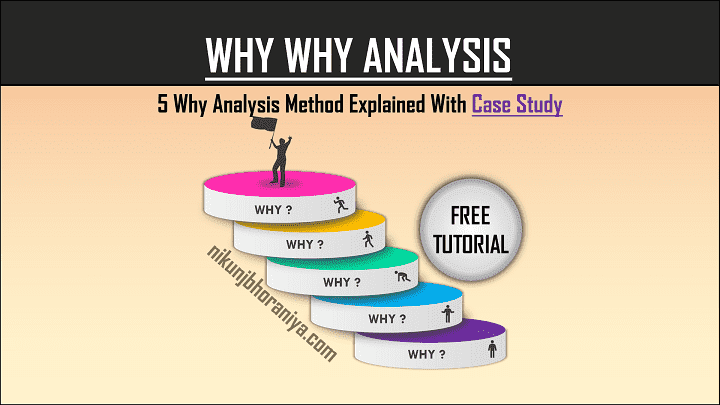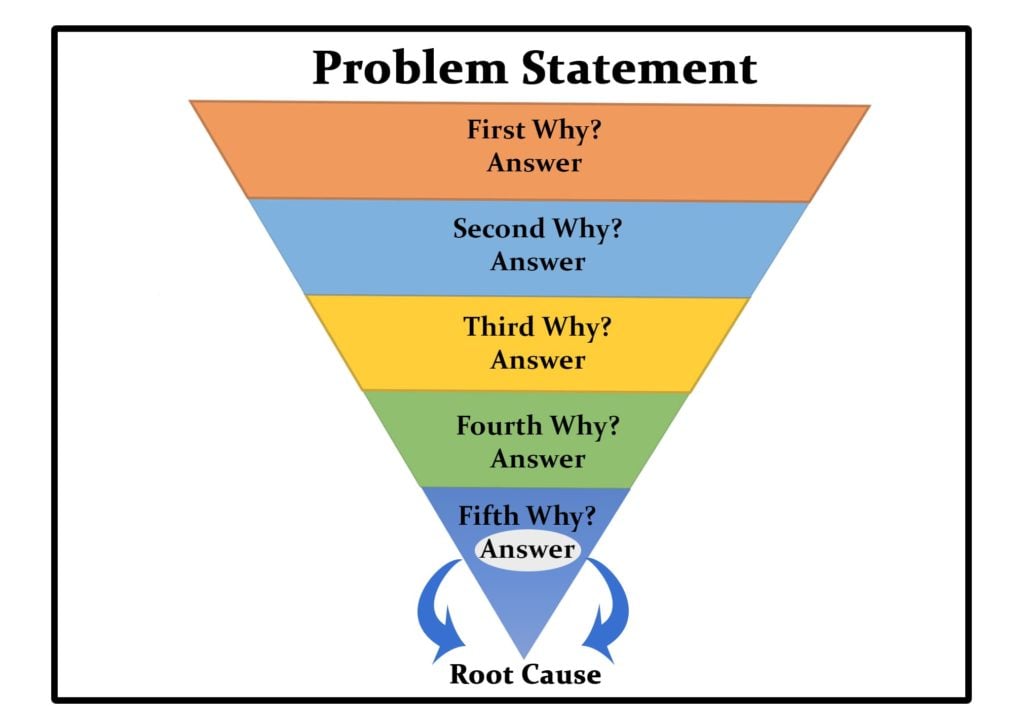Ever wondered about the stories behind our favorite fictional people, especially when their paths take a turn we didn't quite expect? It's a curious thing, really, how a character who seems so central to a narrative can, in some respects, shift or even step away from a defining identity. It makes you think, "Why did being Mary Jane end?"
Sometimes, a character who seemed to define a certain role or a particular kind of relationship starts to move in a different direction, or perhaps even steps away from that defining identity. It makes you think, "Why did being Mary Jane end?" This isn't just about a fictional person, you know; it's about the bigger picture of how stories change and how those who create them make choices that shape what we read and watch. It's a fascinating thing to consider, truly.
This curiosity about character arcs, like asking "Why did being Mary Jane end?", is a very natural part of how we connect with stories. It speaks to our own experiences of change and growth, and how we ourselves might shed old roles for new ones. It’s almost like watching a friend grow up and take on new challenges, or find a different path for themselves. It’s a pretty common human experience, even when we’re talking about characters from books or movies.
- Tv Shows With Sebastián Rulli
- Best Time To Visit Pathivara Temple
- Teach Me First Honey Toon Free
- Tatum Oneal Partner
- Jenn Pellegrino Age
Table of Contents
- Mary Jane Watson - A Character's Story
- Personal Details and Character Background
- Why Did Being Mary Jane End - The Early Days of Her Role
- Why Did Being Mary Jane End - Shifting Sands in Storytelling?
- The Weight of Expectations for "why did being mary jane end"
- Why Did Being Mary Jane End - Editorial Choices and Creative Paths
- The Influence of Reader Sentiments on "why did being mary jane end"
- What's Next for Mary Jane - Beyond a Single Identity
Mary Jane Watson - A Character's Story
When we talk about Mary Jane Watson, we're really talking about someone who has held a special spot in many people's hearts for a very long time. She's not just a person in a comic book; she represents a particular kind of spirit, a vibrant energy that could light up any room. For years, her presence was almost a given whenever certain stories were told, you know? She brought a different kind of spark to things, a lively contrast to some of the more serious parts of a hero’s daily struggles. Her journey has been a rather winding one, truly.
Her story is one that has seen many twists and turns, reflecting, in a way, the ups and downs we all experience. She started out as someone who seemed to be just a fleeting presence, a fun-loving neighbor, but she quickly grew into much more than that. She showed a kind of inner fortitude, a steadfastness that many admired, even when things got really tough. It's interesting to consider how a character can grow and change so much over time, isn't it? She became a symbol of resilience, a person who could stand on her own two feet, which is something a lot of people can relate to.
Personal Details and Character Background
To get a better grip on why Mary Jane’s role might have shifted, it helps to remember a bit about her background. She’s a character who, basically, burst onto the scene with a memorable line, leaving a lasting impression. Her early life, though sometimes touched by difficulties, really shaped her into someone with a strong sense of self and a desire for independence. She wasn't just waiting around for someone; she had her own aspirations, her own dreams. This independent streak is, in some respects, a very key part of who she is.
- Miley Cyrus Nude 2023
- How To Pay For Chatgpt Plus In Iran
- Buy Chatgpt Plus Iran Payment
- Pathivara Temple Tourist Attractions
- Naked Sophie Rain Erome
| Full Name | Mary Jane Watson |
| Known For | Vibrant personality, acting, modeling, strong relationships |
| First Appearance | Late 1960s (full appearance) |
| Key Traits | Loyal, resilient, independent, vivacious, supportive |
| Occupations | Actress, fashion model, club owner |
| Relationships | Often connected to a certain web-slinging hero |
Why Did Being Mary Jane End - The Early Days of Her Role
In her initial appearances, Mary Jane was, quite simply, a breath of fresh air. She was the one who could pull people out of their own heads, making them see the lighter side of things. Her presence was often a source of joy and a bit of a distraction from the heavier burdens carried by others. For a good while, her main role seemed to be that of a supportive figure, a beacon of normalcy in a rather extraordinary life. This kind of role, you know, can be very important for grounding a story, giving it a human touch.
Yet, as stories evolve, so too do the characters within them. The idea of "being Mary Jane" in those early days often meant being the person who understood the hero's secret life, offering comfort and a place to belong. She was, in a way, the anchor. But even anchors can want to sail their own ships. This early period, while beloved by many, also laid the groundwork for future questions about her own personal journey and whether her identity was tied too closely to another's, basically.
Why Did Being Mary Jane End - Shifting Sands in Storytelling?
The storytelling world, like life itself, is constantly moving and changing. What works well for one period might not feel quite right for another. So, when people ask, "Why did being Mary Jane end?", part of the answer lies in how narratives themselves begin to shift. Writers and artists often feel a pull to explore new directions, to introduce fresh challenges, or to simply try something different with familiar faces. It's a creative urge, you know, to keep things interesting for both the creators and the audience.
Sometimes, a character’s defining role can feel like a comfortable sweater, but after a while, it might start to feel a bit too snug, or maybe even a little worn out. For Mary Jane, her consistent presence as a particular kind of romantic interest, while cherished, could also be seen as limiting her own potential for individual growth. The question then becomes: can a character truly grow if they are always in the same spot, fulfilling the same function? It's a fair point to consider, honestly.
The Weight of Expectations for "why did being mary jane end"
There's a lot that comes with being a well-loved character, especially one who has been around for decades. Readers and viewers often have very strong ideas about who these characters are and what their stories should be. This creates a kind of unspoken set of expectations. For Mary Jane, those expectations often revolved around her relationship with a certain hero. So, when the stories started to move away from that, or when her own path became more about her individual pursuits, it naturally led to questions like, "Why did being Mary Jane end?" in that specific context.
These expectations, while born of affection, can sometimes make it tricky for creators to try new things. It's a delicate balance, trying to honor what people love while also pushing the story forward and giving characters new ground to explore. The idea of her being a certain kind of "Mary Jane" had become so ingrained that any deviation from it felt significant. This is, in some respects, a common challenge in ongoing narratives, where change can be met with a lot of different reactions, really.
Why Did Being Mary Jane End - Editorial Choices and Creative Paths
A big part of why character roles change often comes down to the decisions made behind the scenes. Editors, writers, and artists all play a part in shaping the direction of a story. They might decide that a certain character needs a fresh start, or that a particular relationship has run its course for now, or that a new dynamic is needed to revitalize the narrative. These are big choices, you know, and they're made with a lot of thought about the overall health of the story and its future.
Sometimes, the goal is to make a character more accessible to new readers, or to bring them back to a more classic form. For Mary Jane, some of these decisions might have been aimed at allowing her to stand on her own, outside of a primary romantic pairing. Or, conversely, they might have been about allowing the hero to have new adventures without the consistent presence of a significant other. It's a bit like a big puzzle, honestly, where each piece needs to fit just right for the whole picture to make sense.
The Influence of Reader Sentiments on "why did being mary jane end"
It's also worth thinking about how what readers feel can play a part in how stories develop. While creators usually have their own vision, they also pay attention to what the audience is saying. If there's a strong desire for a character to evolve, or if a certain storyline feels stale to a large group of people, that feedback can, in some cases, influence future decisions. This isn't to say that every story choice is a direct response to fan mail, but it's certainly a factor in the larger conversation about "why did being Mary Jane end" in a particular way.
The relationship between creators and their audience is a pretty interesting one. It's a kind of dance, where one influences the other, even if subtly. So, when a character like Mary Jane sees a significant shift in her role, it could be, in part, a reflection of a broader desire for different kinds of stories, or a feeling that her journey needed to take a new turn. It's a collective experience, in a way, shaping the ongoing narrative.
What's Next for Mary Jane - Beyond a Single Identity
The fascinating thing about characters who have been around for a long time is that their stories rarely truly "end." Instead, they often transform, taking on new shapes and exploring different aspects of who they are. For Mary Jane, moving past a singular identity or a fixed role means she has the chance to become even more. She can pursue her own dreams, face her own challenges, and truly stand as a person in her own right, separate from others.
This evolution allows for a richer, more diverse set of stories to be told about her. It means she isn't just defined by her connections to others, but by her own choices, her own strengths, and her own path. It's a testament to her enduring appeal that even as her role shifts, people remain curious about her journey. It really shows how much she means to so many, and how her story continues to capture imaginations, which is pretty special.
Ultimately, the question of "why did being Mary Jane end" isn't so much about a final stopping point, but more about a natural progression. It speaks to the ongoing, ever-changing nature of storytelling and how beloved characters, like people, grow and adapt over time. Her story continues to unfold, proving that a character's true essence can shine through, no matter what part they are playing in the grand narrative.
- Jamie Oliver Public Figure Latest
- Openai Chatgpt Plus Iran Access
- Openai Chatgpt Plus Iran Payment Options
- Pathivara Temple Tourist Attractions
- Openai Chatgpt Plus Iran Payment



